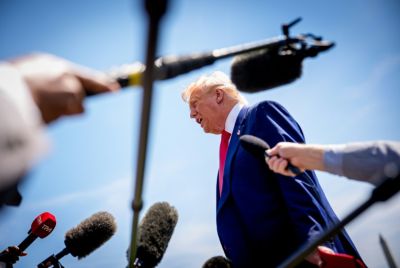Will The Federal Reserve Raise Interest Rates Or Punt To December? Last Hike Was Nearly A Year Ago

The U.S. Federal Reserve likely will set the stage for a December interest rate hike when it ends its two-day November meeting Wednesday.
Observers do not expect the Federal Open Markets Committee to impose a rate hike this month, but with employment and inflation strengthening, a December rate hike is all but inevitable. Raising interest rates this month has been all but ruled out because of next week’s general election.
The Fed’s decision will be announced at 2 p.m. EDT.
The Fed last raised interest rates last December. There were supposed to be two subsequent hikes this year but soft economic data stayed the central bank’s hand.
Policymakers put investors on notice in September that a rate hike was coming but needed “further evidence” the economy was strengthening.
Since then, Labor Department reports have indicated the economy is moving toward full employment and inflation has ticked up toward the Fed’s 2 percent annual target. October’s employment figures are due Friday.
Policymakers have been sounding more hawkish.
“They will probably want to do something like have [Fed Chair Janet] Yellen give some relatively high-profile speech a couple weeks before the [December] meeting,” Lewis Alexander, chief U.S. economist at Nomura and a former Fed staffer, told Fortune. “That’s probably a better way than putting something in the statement that inevitably is going to be pretty cryptic.”
J. Bradford DeLong, an economic historian and professor of economics at the University of California, Berkeley, argues the Fed should not be so anxious to raise interest rates because such action would divert money from investment. He said an interest rate hike should be in response to economic developments.
“The Fed should certainly not take the lead in raising interest rates when there is no evidence of excess supply in savings vehicles. To do so would be akin to building a half-mile landing strip in the Pacific Ocean in 1944, and thinking that cargo-bearing B-17s would suddenly start to land,” he said.
© Copyright IBTimes 2024. All rights reserved.






















